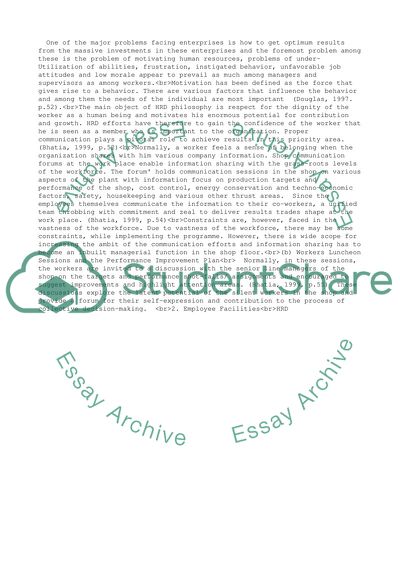Cite this document
(“Motivation and Reward Case Study Example | Topics and Well Written Essays - 3000 words”, n.d.)
Retrieved from https://studentshare.org/business/1505322-motivation-and-reward
Retrieved from https://studentshare.org/business/1505322-motivation-and-reward
(Motivation and Reward Case Study Example | Topics and Well Written Essays - 3000 Words)
https://studentshare.org/business/1505322-motivation-and-reward.
https://studentshare.org/business/1505322-motivation-and-reward.
“Motivation and Reward Case Study Example | Topics and Well Written Essays - 3000 Words”, n.d. https://studentshare.org/business/1505322-motivation-and-reward.


